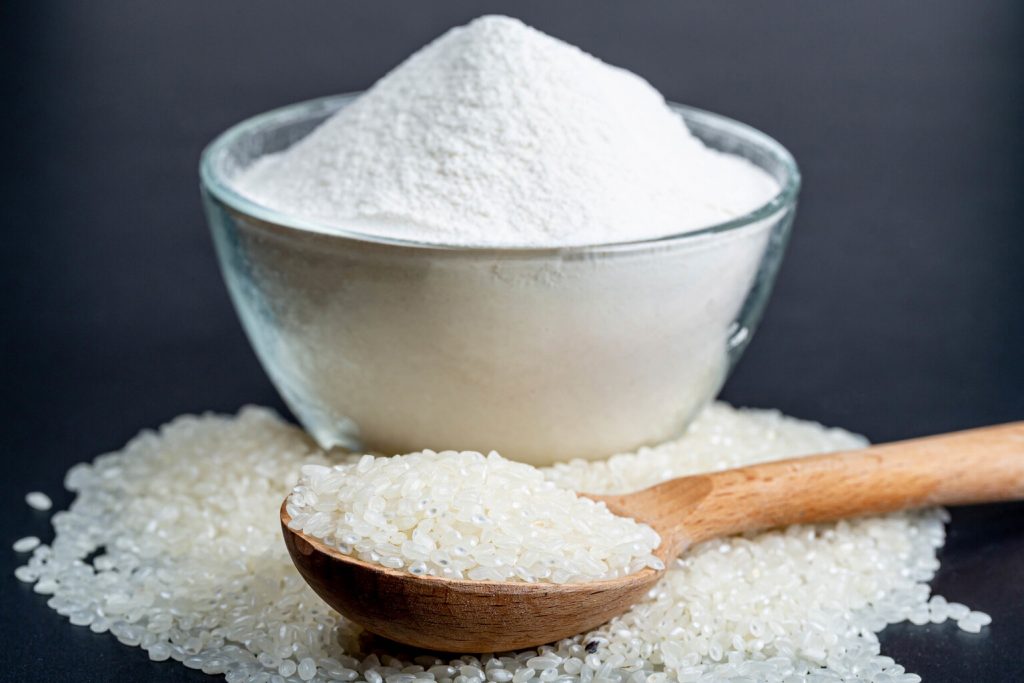Introduction to Maltodextrins and Syrup Solids
Maltodextrin powder and syrup solids are widely used in the food industry due to their versatility and functional properties. Maltodextrins, derived from starch, find application as thickeners, bulking agents, and flavor carriers. Syrup solids, on the other hand, are concentrated forms of liquid syrups obtained from sources like rice and offer sweetness and functionality. Understanding the concept of bulk density is crucial when dealing with these ingredients, as it impacts their handling and various applications.
This article explores the crucial role of bulk density in maltodextrin powder and syrup solids, shedding light on its implications for handling, processing, and optimizing the performance of these essential ingredients.
The Significance of Bulk Density in Maltodextrin Powder and Syrup Solids
Bulk density plays a crucial role in establishing the behavior and functionality of maltodextrins and syrup solids during processing. It refers to the mass of a given volume of a substance and affects key factors such as flowability, compressibility, and storage stability. Manufacturers must have a comprehensive understanding of the bulk density of these ingredients to ensure consistent product quality and optimize production processes.
Factors Affecting Bulk Density Variation in Maltodextrins and Syrup Solids
Several factors contribute to the variation in bulk density observed in maltodextrins and syrup solids. The composition of these solids, including the degree of starch hydrolysis in maltodextrin powder and the concentration of solids in syrup solids, significantly influences bulk density. Higher degrees of starch hydrolysis in maltodextrins and higher solids concentrations in syrup solids tend to result in higher bulk densities. Additionally, moisture content can affect bulk density, as drier solids generally have higher bulk densities compared to those with higher moisture content.
Measurement Methods for Accurate Bulk Density Determination
Accurate measurement of bulk density is crucial for quality control and process optimization. A Lot of techniques are available to determine the bulk density of maltodextrins and syrup solids. Common methods include tapped density and bulk density apparatus, which provide quantitative values necessary to ensure consistent product quality, optimize production processes, and meet specific application requirements. Manufacturers rely on these measurement methods to discover the bulk density characteristics of their products and make wise decisions regarding their handling and usage.
Optimizing Bulk Density for Enhanced Functionality and Applications
Optimizing the bulk density of maltodextrin powder and syrup solids offers numerous benefits in food applications. By controlling and adjusting the bulk density, manufacturers can achieve desired functionalities. For example, maltodextrins with higher bulk densities can serve as good bulking agents, while syrup solids with lower bulk densities may enhance solubility and dispersion properties.
Optimizing bulk density not only benefits manufacturers but also leads to sustainability efforts. By efficiently filling containers and minimizing settling during transportation, ingredient waste can be reduced, promoting a more sustainable production process. Moreover, optimizing bulk density improves resource utilization, reduces excess ingredients, and enhances operational efficiency.
Final words
Understanding and optimizing the bulk density of maltodextrin powder and syrup solids are crucial for manufacturers in the food industry. The composition, including starch hydrolysis and solids concentration, along with moisture content, influence the bulk density of these ingredients. Accurate measurement methods enable manufacturers to maintain consistent product quality and optimize their production processes. By optimizing the bulk density, manufacturers can enhance functionality and performance, improve process efficiency, and meet the specific requirements of diverse food applications.
By focusing on the bulk density of maltodextrins and syrup solids, manufacturers can unlock new possibilities for their utilization in various food products, ensuring high-quality outcomes, efficiency, and customer satisfaction.




